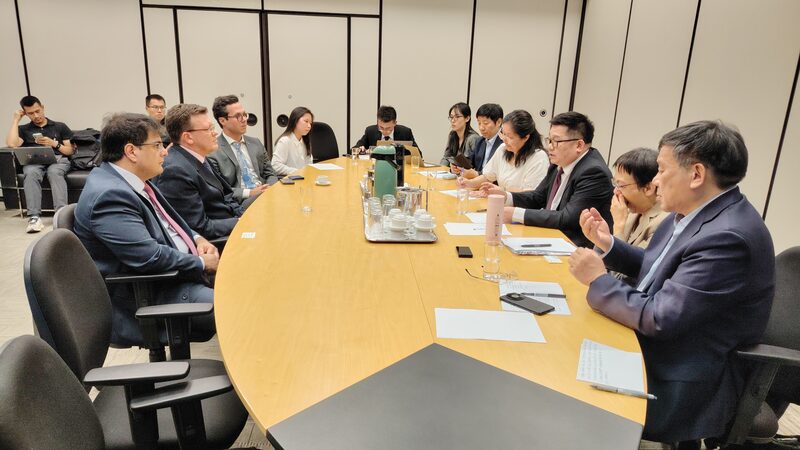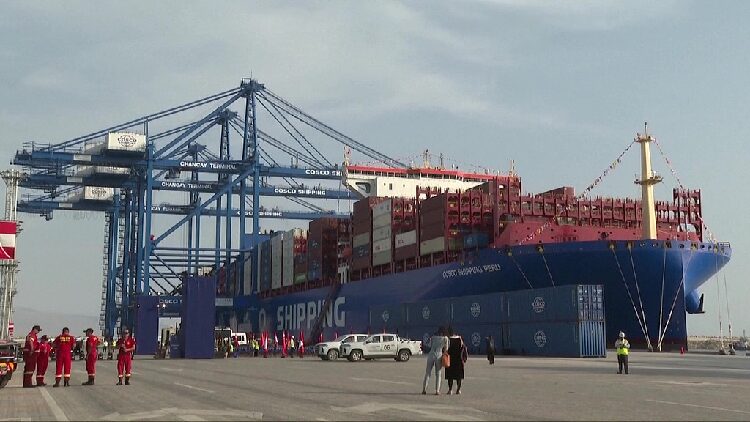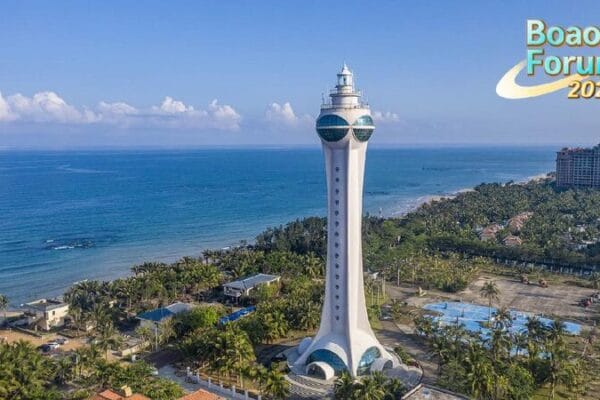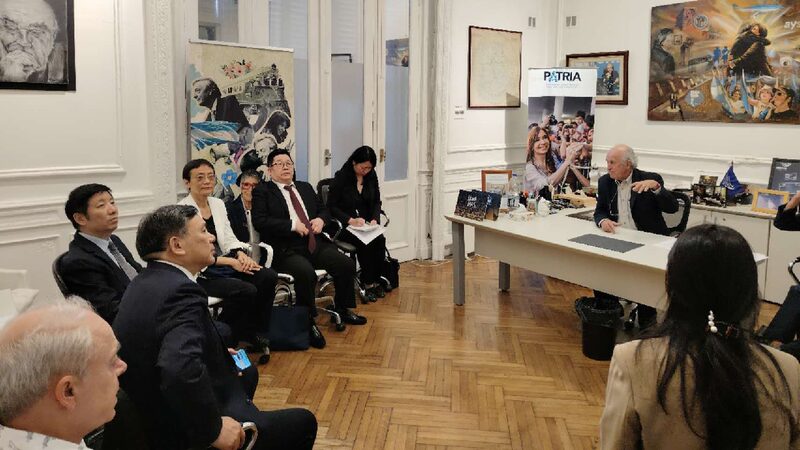As the world faces significant geopolitical and economic changes, countries in the Global South are stepping up to chart their own course toward modernization and development. With growing disparities in the West and challenges in global governance, nations across Asia, Africa, and Latin America are focusing on interdependent regional cooperation to shape their futures.
The upcoming Boao Forum for Asia (BFA) Annual Conference highlights this shift. Established as a leading platform for dialogue on global issues—from trade and finance to technology and sustainable development—the BFA offers countries in the region an opportunity to build cooperation, mutual trust, and solutions that benefit the wider Global South.
The rise of emerging economies like China, India, Vietnam, and Indonesia underscores the increasing impact of the Global South in shaping a more balanced global power structure. While some parts of the world grapple with political turmoil, countries in Asia are engaging in constructive dialogue on shared interests, demonstrating the potential of regional cooperation to overcome old divisions.
The Global South is not just a passive player in the global economy. These nations are actively driving innovation and modernization by developing strategies suited to their unique conditions. As of 2023, Global South countries account for 42% of the world’s GDP, a figure that’s steadily increasing. Emerging markets, including powerhouses like China, Brazil, and South Africa, now contribute significantly to the global economy.
Over the past two decades, more than a billion people in developing countries have been lifted out of extreme poverty, showcasing the transformative capacity of the Global South. This momentum is crucial for bridging the divide between the North and the South.
Infrastructure development has been a key factor in this transformation. Expanding rail networks, like the China-Europe Railway Express, now connect over 220 cities across 25 European countries. Major ports such as Hambantota in Sri Lanka, Gwadar in Pakistan, and new facilities in Bangladesh and Singapore have enhanced sea routes, positioning Asia as a hub for global commerce.
However, modernization for the Global South cannot simply replicate past models. The future path must address the unique opportunities and challenges these nations face. Emphasizing values of peace, security, and collaboration is essential for maintaining stability and fostering economic growth.
The digital transformation presents vast opportunities. Countries like China, India, and Vietnam are making significant strides in technology and digital infrastructure, accelerating their economic and social development. Innovation in green technologies and sustainable industries will also help these nations meet the challenges of climate change while ensuring future prosperity.
The Global South’s united effort to create a new vision for modernization signals exciting times ahead. By working together, these nations can build a more inclusive, equitable, and prosperous world for all.
Reference(s):
Can the Global South create a unified vision for modernization?
cgtn.com








